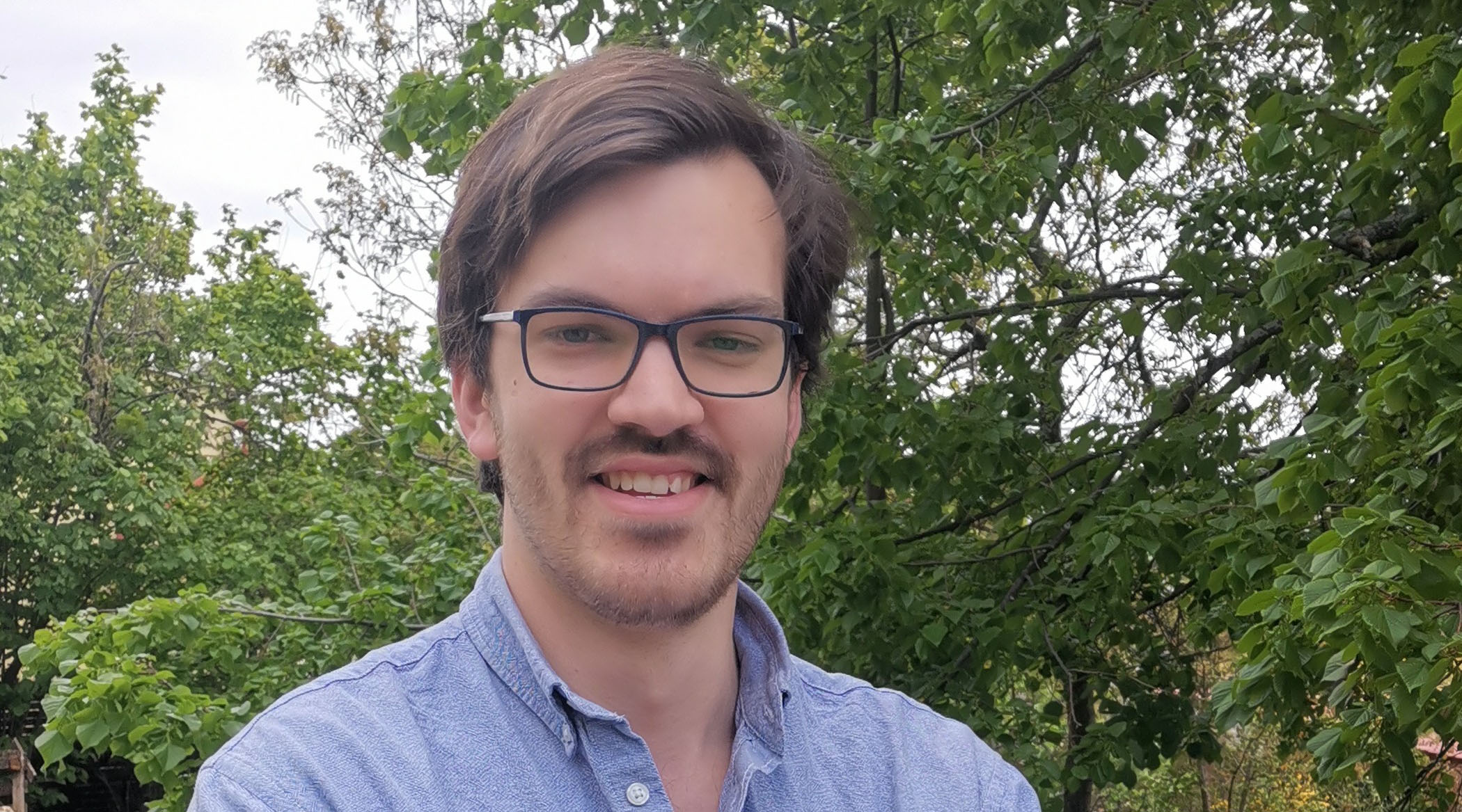
Ambrus Both is a PhD candidate under the guidance of Daniel Mira and Oriol Lehmkuhl, the team leaders of the Propulsion Technologies group and the Large-scale Computational Fluid Dynamics group. In this interview Ambrus shares that he started to focus on combustion research because of the cool topics and decided to continue because of the intriguing challenges to make combustion future-proof.
Could you tell us a bit about your research area?
My core area is numerical simulation of spray combustion, but thanks to the multidisciplinary nature of my department, I got involved in many topics over the years. These range from purely numerical problems in computational fluid dynamics to other areas of combustion: flame stability, pollutant modelling, alternative fuels, etc.
What is your motivation for pursuing research in this area?
It was a slow process that drove me towards combustion. I was already exposed to the energy sector in my undergraduate studies, but I had other interests back then. I started focusing on combustion later in my Master's studies at TU Delft. I came for the cool topics, and I stay for the intriguing unresolved challenges, and the supportive community. There is a lot of interesting work to be done, in order to make combustion future-proof.
What would you have done if you were not a researcher?
That is a tough question. In some sense I set myself on this track from 7th grade, when I developed an interest in math and physics. But of course there were plenty of decisions where I could have diverged from this path. I would most probably be an engineer working on similar problems but in the industry.
Have you encountered any challenges in pursuing your research career?
When I joined the team in 2017, we were in a highly exploratory phase of developing our CFD code. This meant a lot of experimenting with different algorithms, and it took some time and effort to dispel any doubts about the quality of our tools. For me these initial steps felt much more challenging. Right now we can work more comfortably, focusing on the combustion phenomena, knowing that we can trust the key elements of the underlying code.
What do you do within the ESTiMatE project?
ESTiMatE is about characterising the soot emissions of aero-engines. This work often overlaps with my topic, but I am not in charge of any particular task, so mostly I provide support to my colleagues working on the project. For example recently I made the way we treat the scalar transport equations much more flexible. Later this allowed us to couple the sectional soot model developed by our colleagues at TU Eindhoven with our tabulated chemistry-based combustion solver in a matter of days.
How do you like it so far?
Predicting soot emissions and finding solutions that effectively reduce them is one of the hardest problems in the field. But the harder the problem is, the more rewarding it will be to solve them. I feel confident, that the tools developed by the consortium will do a good job in the predictions. After that, all we need is new smart designs to evaluate. Sounds like an interesting future, right?
What do you hope to achieve in your career in the long run?
In the coming decades the core theme of the energy and transport sectors will be meeting climate goals, but this does not have to mean the end of combustion. I hope I can continue contributing to challenging topics like building the hydrogen economy or adapting sustainable aviation fuels, either in academia or in the industry.
